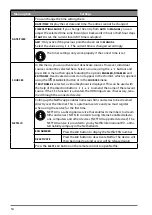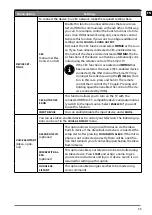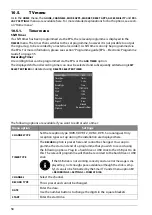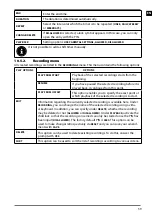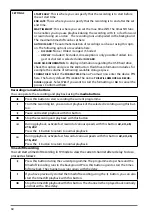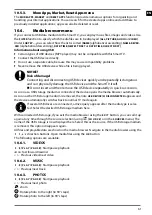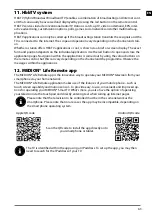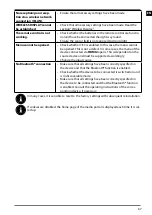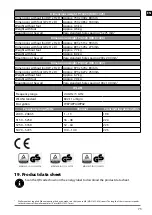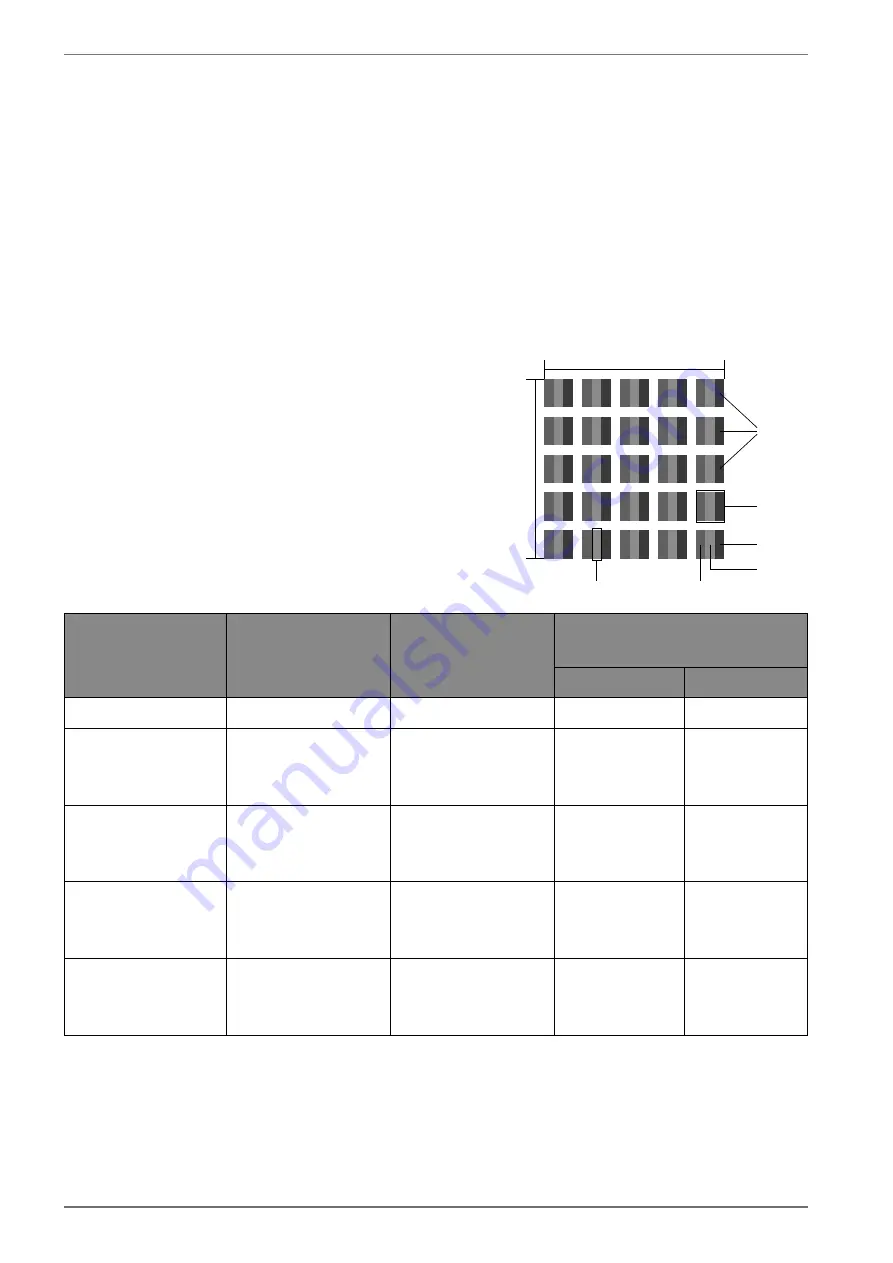
68
14.1.
Do you need more help?
If the suggestions in the previous sections did not solve your problem, please contact us. To make it
easier for us to help you, please have the following information to hand:
• What external devices are connected?
• What messages appear on the screen?
• When operating the device, at which step did the problem occur?
• If you have a PC connected to the device:
– How is your computer configured?
– What software were you using when the problem occurred?
• What steps have you already taken to try and rectify the problem?
• Please provide us with your customer number if you have one.
14.2.
Smart TV pixel faults
Despite the state-of-the-art production methods, in rare
cases there may be individual or multiple pixel drop-outs
(dead pixels) due to the highly complex technology.
For active matrix TFTs with a resolution of
1920 x 1080
(MD31426: 1366 x 768) pixels
, which are each made up
of three sub-pixels (red, green, blue), there are a total of
approx. 6.2 (MD31426: 3.1) million
control elements in
use. Occasionally pixels or individual sub-pixels can fail or
become incorrectly controlled because of this very high
number of transistors and the extremely complex manu-
facturing process used in this context.
Pixel fault class
Defect type 1
Continuously
lit pixel
Defect type 2
Continuously
black pixel
Defect type 3
Defective sub-pixel
lit
black
0
0
0
0
0
I
1
1
2
1
0
1
3
5
II
2
2
5
5-n*
0
0
2xn*
10
III
5
15
50
50-n*
0
0
2xn*
100
IV
50
150
500
500-n*
0
0
2xn*
1000
n*=1.5
The permitted number of defects for every type named above in each class of pixel defect refers to
one million pixels and must be converted accordingly to match the physical resolution of the dis-
play.
Your device complies with the European ISO 9241-307 Class II standard (pixel fault class). Pixel de-
fects up to the specified maximum number are not covered by the warranty.
5 Pixel
Rows
Sub-Pixel
Pixel
blue
green
red
5 P
ix
e
l

